Stringent Regulatory Compliance
The Automatic Checkweigher Market is significantly influenced by the stringent regulatory frameworks imposed by various authorities. These regulations are designed to ensure product quality and safety, particularly in industries like food processing and pharmaceuticals. Compliance with these regulations necessitates the use of precise weighing systems, thereby driving the demand for automatic checkweighers. For instance, the Food and Drug Administration (FDA) mandates strict adherence to weight specifications, which can only be met through advanced checkweighing technologies. As a result, manufacturers are increasingly investing in automatic checkweighers to avoid penalties and ensure compliance, thereby propelling market growth.
Rising Automation in Manufacturing
The Automatic Checkweigher Market is experiencing a notable surge in demand due to the increasing trend of automation in manufacturing processes. As industries strive for efficiency and precision, the integration of automatic checkweighers has become essential. These systems not only enhance productivity but also minimize human error, which is critical in sectors such as food and beverage, pharmaceuticals, and packaging. According to recent data, the adoption of automated solutions is projected to grow at a compound annual growth rate of approximately 7.5% over the next five years. This trend indicates a strong inclination towards automated systems, positioning the Automatic Checkweigher Market as a pivotal player in modern manufacturing.
Growing Focus on Supply Chain Efficiency
In the Automatic Checkweigher Market, there is a growing emphasis on enhancing supply chain efficiency. Companies are recognizing that accurate weight measurement is crucial for inventory management, cost control, and overall operational efficiency. Automatic checkweighers facilitate real-time monitoring of product weights, which helps in reducing waste and optimizing logistics. Recent studies indicate that businesses implementing these systems can achieve up to a 20% reduction in operational costs. This focus on efficiency is likely to drive further adoption of automatic checkweighers, as organizations seek to streamline their supply chains and improve profitability.
Technological Innovations in Weighing Systems
The Automatic Checkweigher Market is witnessing rapid technological innovations that are reshaping the landscape of weighing systems. Advancements such as the integration of artificial intelligence and machine learning are enhancing the capabilities of automatic checkweighers. These technologies enable predictive maintenance, real-time data analytics, and improved accuracy, which are essential for modern manufacturing environments. The market for these advanced systems is expected to expand significantly, with projections indicating a growth rate of around 8% annually. This trend suggests that manufacturers are increasingly prioritizing cutting-edge technology to maintain competitive advantages in the Automatic Checkweigher Market.
Increasing Consumer Awareness of Product Quality
Consumer awareness regarding product quality is a driving force in the Automatic Checkweigher Market. As consumers become more discerning about the products they purchase, manufacturers are compelled to ensure that their offerings meet high-quality standards. Automatic checkweighers play a crucial role in this process by ensuring that products are accurately weighed and meet specified weight criteria. This focus on quality assurance is particularly evident in the food and beverage sector, where discrepancies in weight can lead to consumer dissatisfaction and regulatory issues. Consequently, the demand for automatic checkweighers is likely to rise as companies strive to enhance product quality and maintain consumer trust.

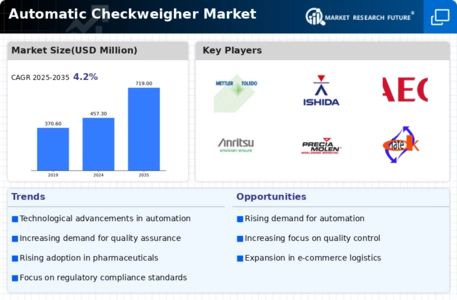
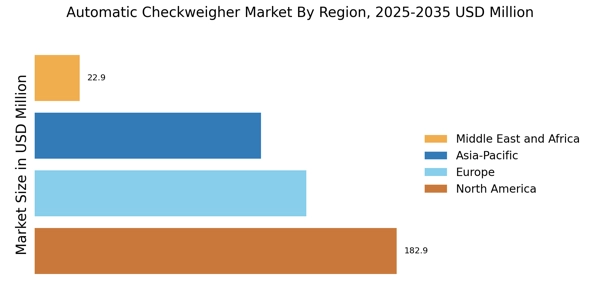
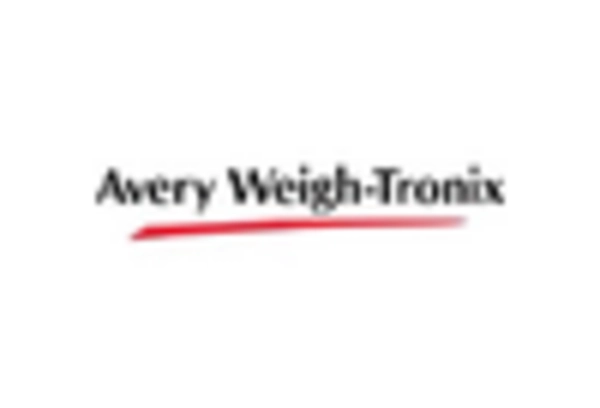

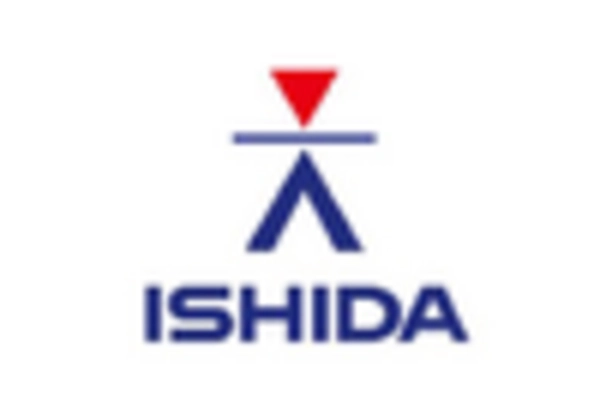
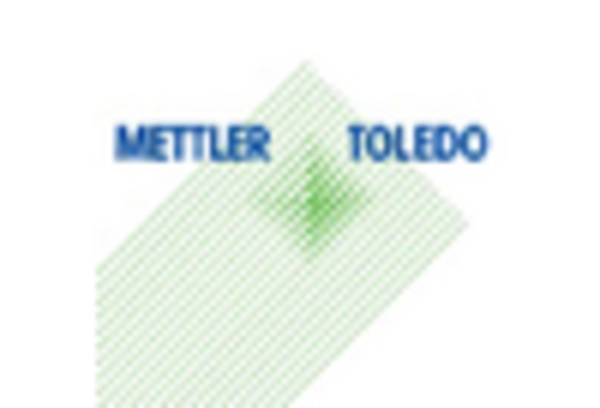
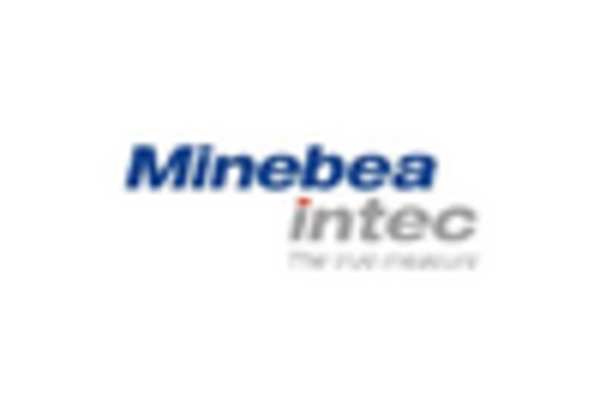









Leave a Comment